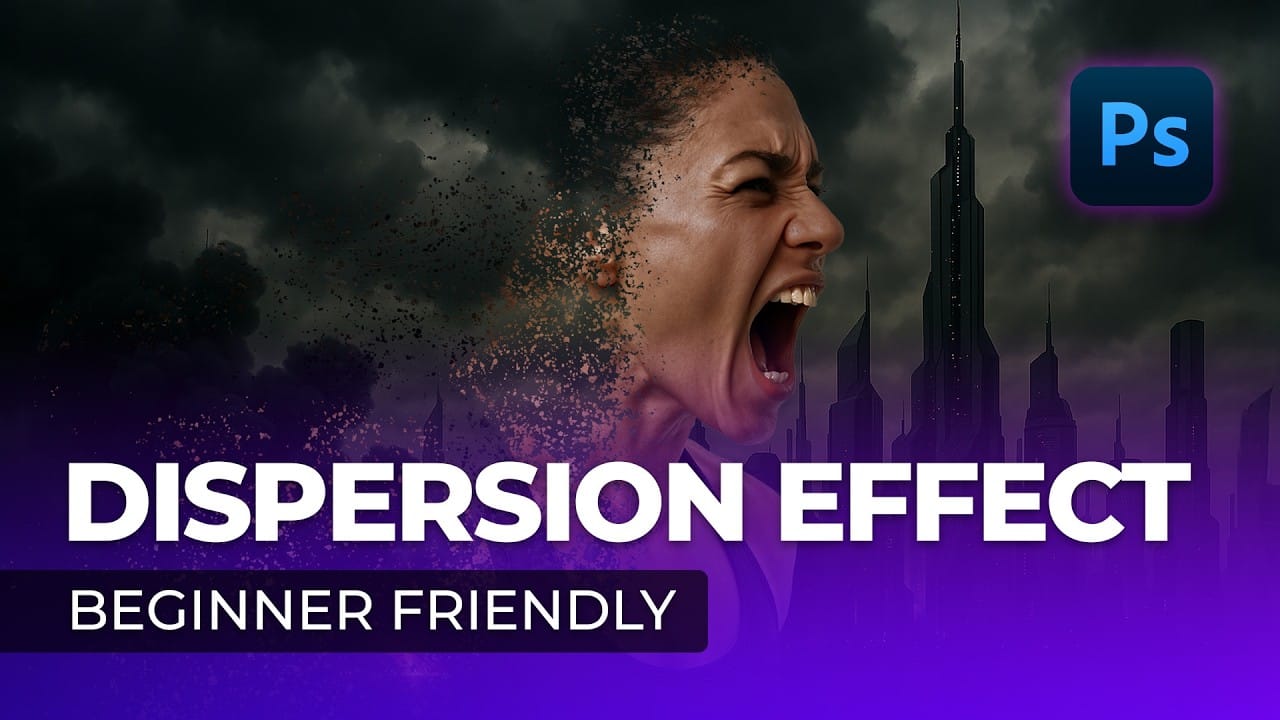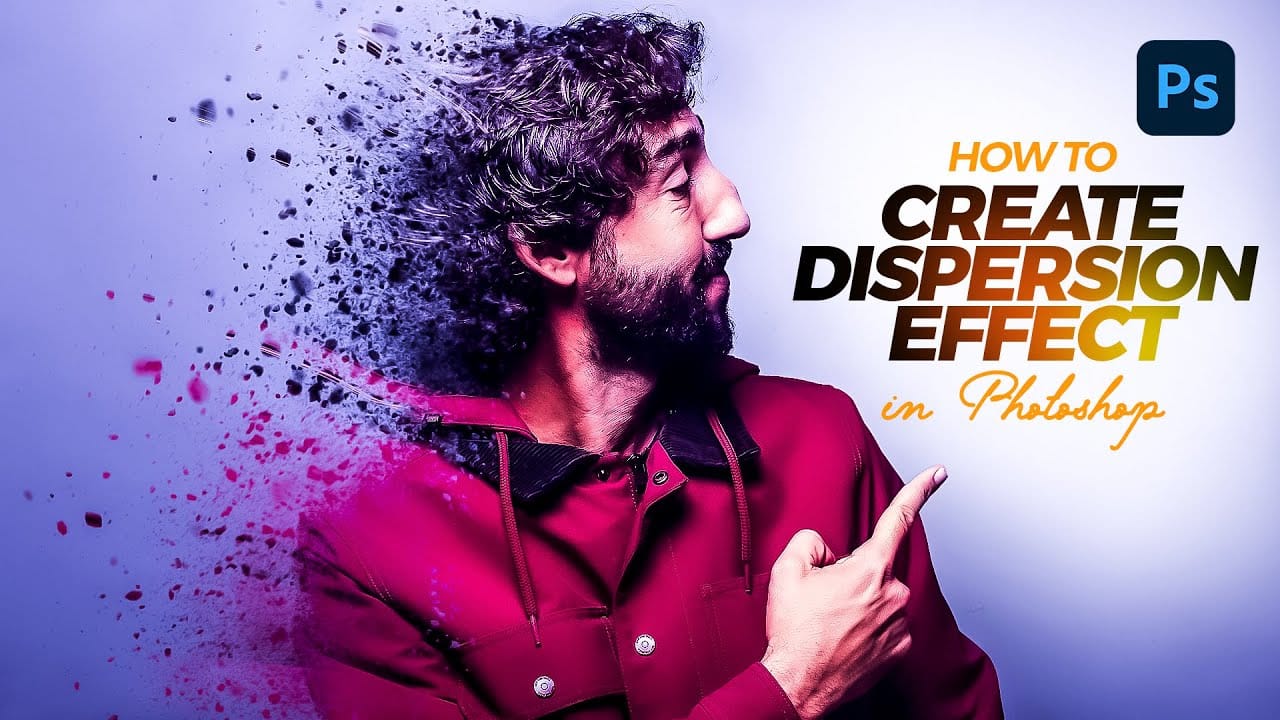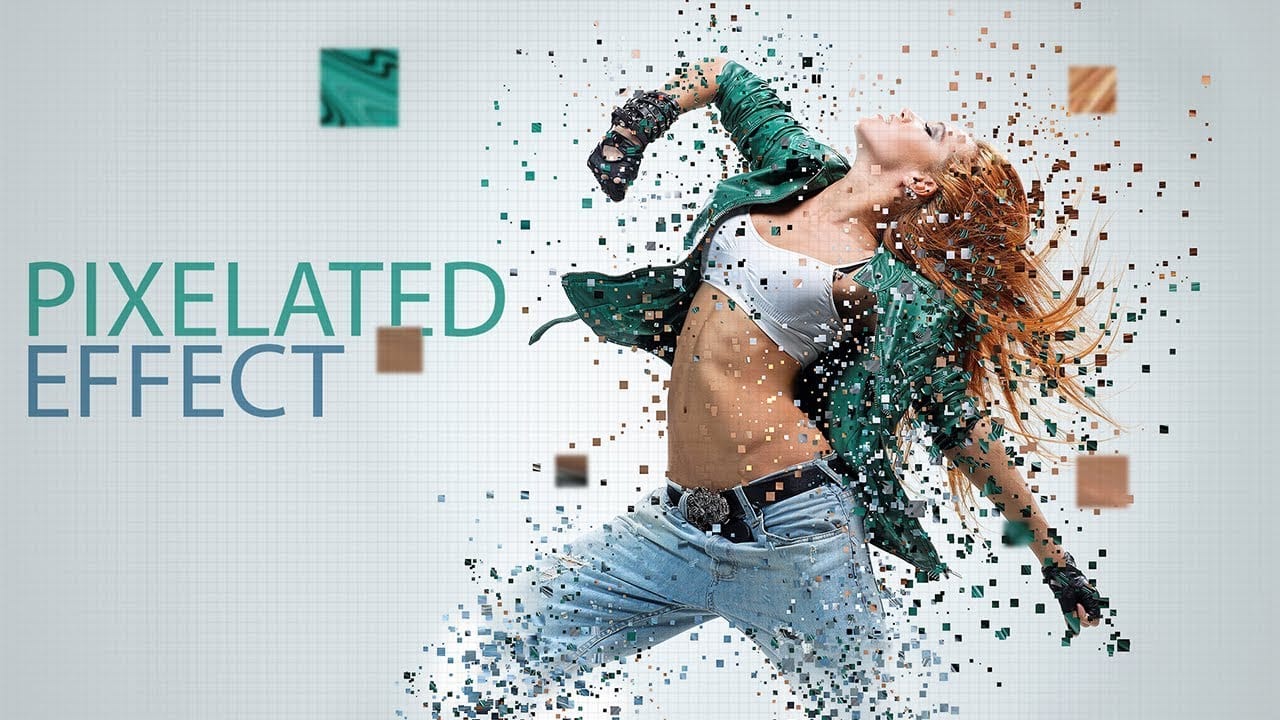Bitmap dithering creates distinctive black and white patterns that transform photographs into stylized, high-contrast artwork. This technique produces scattered dot patterns that maintain visual detail while reducing images to pure monochrome values, offering a unique alternative to traditional bitmap conversion methods.
This tutorial demonstrates how to achieve professional bitmap diffusion effects using Photoshop's export settings and specific file format workflows. You'll learn to control dither intensity, adjust pixel scaling, and convert the results back into standard image formats for versatile creative applications.
Watch the Tutorial
Understanding Bitmap Dithering Techniques
Dithering algorithms simulate grayscale values by strategically placing black and white pixels in specific patterns. Traditional bitmap conversion typically uses threshold methods that create harsh transitions between light and dark areas. Diffusion dithering distributes pixel information across neighboring areas, creating smoother gradations and more organic-looking textures.
The WBMP format utilizes error diffusion algorithms that produce distinctive scattered patterns compared to standard GIF dithering. This format was originally designed for wireless devices with limited display capabilities, but its unique dithering characteristics make it valuable for creative bitmap effects. The process involves reducing color information while preserving essential visual details through calculated pixel placement.
Image resolution plays a crucial role in the final dithering quality. Smaller source images create larger, more visible dither patterns when scaled up, while higher resolution sources produce finer detail distribution. The scaling method used during enlargement determines whether the pixelated aesthetic is preserved or smoothed during the conversion process.
Practical Tips for Bitmap Dithering
- Reduce image size to 800 pixels or smaller before applying dithering to ensure optimal pattern visibility and processing efficiency.
- Experiment with dither percentages between 50-85% to balance detail retention with contrast levels in your final output.
- Use Nearest Neighbor resampling when scaling up dithered images to maintain sharp, pixelated edges without smoothing.
- Convert to grayscale mode after scaling to enable JPEG export and other standard file format options.
- Test different starting resolutions and scale-down percentages to achieve varying dither pattern densities for different creative effects.
Related Articles and Tutorials
Explore more creative dispersion and pixelation techniques in Photoshop.

















Member discussion